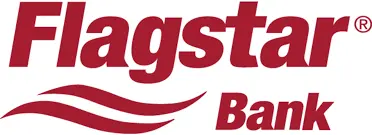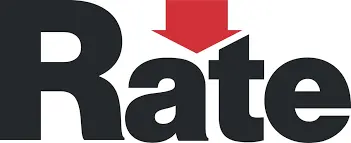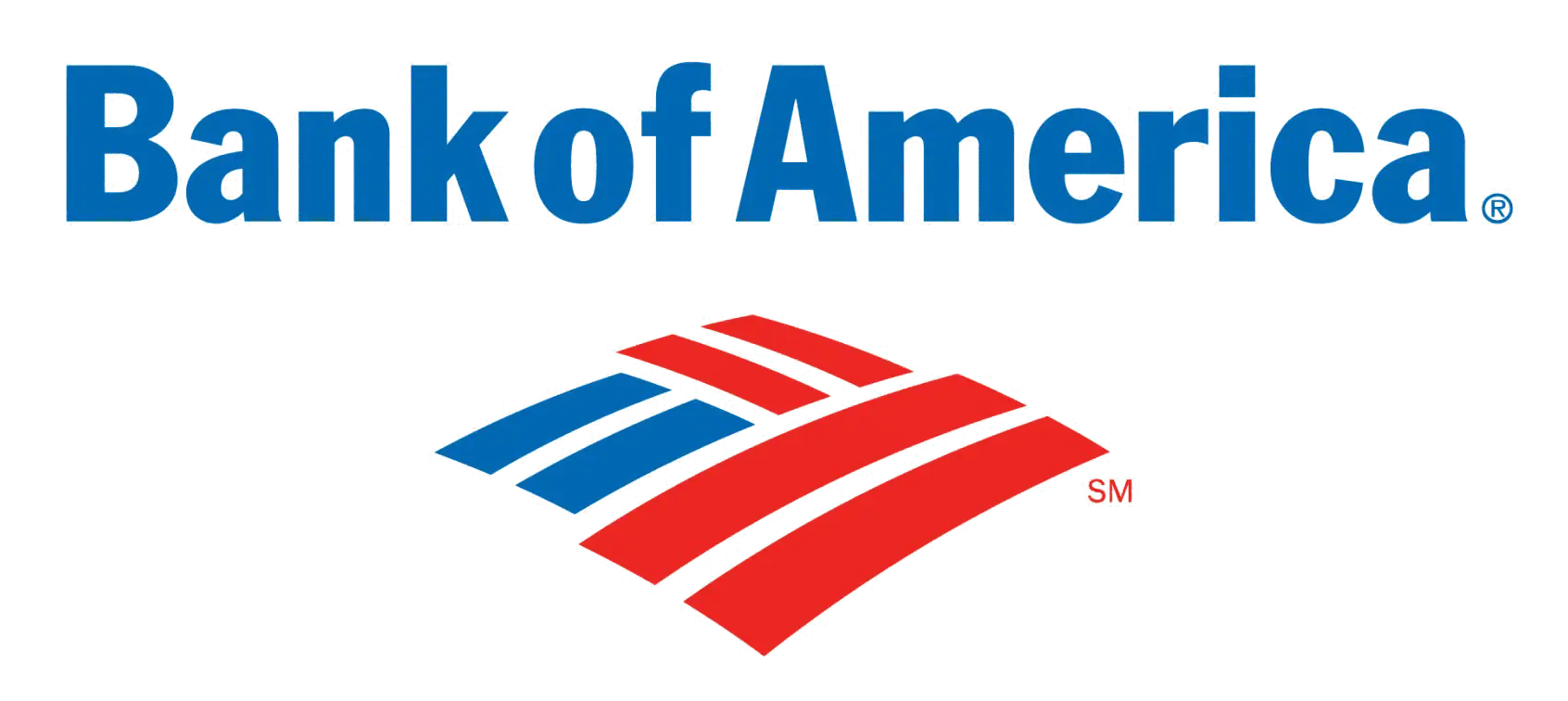What Is a HELOC? Home Equity Lines of Credit Explained
A home equity line of credit (HELOC) is a secured loan tied to your home that allows you to access cash as you need it. You’ll be able to make as many purchases as you’d like, as long as they don’t exceed your credit limit. But unlike a credit card, you risk foreclosure if you can’t make your payments because HELOCs use your house as collateral.
Key takeaways about HELOCs
- You can use a HELOC to access cash that can be used for any purpose.
- You could lose your home if you fail to make your HELOC’s monthly payments.
- HELOCs usually have lower rates than home equity loans but higher rates than cash-out refinances.
- HELOC interest rates are variable and will likely change over the period of your repayment.
- You may be able to make low, interest-only monthly payments while you’re drawing on the line of credit. However, you’ll have to begin making full principal-and-interest payments once you enter the repayment period.
Benefits of a HELOC
Money is easy to use. You can access money when you need it, in most cases simply by swiping a card.
Reusable credit line. You can pay off the balance and reuse the credit line as many times as you’d like during the draw period, which usually lasts several years.
Interest accrues only based on use. Your monthly payments are based only on the amount you’ve used, which isn’t how loans with a lump sum payout work.
Competitive interest rates. You’ll likely pay a lower interest rate than a home equity loan, personal loan or credit card can offer, and your lender may offer a low introductory rate for the first six months. Plus, your rate will have a cap and can only go so high, no matter what happens in the broader market.
Low monthly payments. You can typically make low, interest-only payments for a set time period if your lender offers that option.
Tax benefits. You may be able to write off your interest at tax time if your HELOC funds are used for home improvements.
No mortgage insurance. You can avoid private mortgage insurance (PMI), even if you finance more than 80% of your home’s value.

Disadvantages of a HELOC
Your home is collateral. You could lose your home if you can’t keep up with your payments.
Tough credit requirements. You may need a higher minimum credit score to qualify than you would for a standard purchase mortgage or refinance.
Higher rates than first mortgages. HELOC rates are higher than cash-out refinance rates because they’re second mortgages.
Changing interest rates. Unlike a home equity loan, HELOC rates are usually variable, which means your payments will change over time.
Unpredictable payments. Your payments can increase over time when you have a variable interest rate, so they could be much higher than you anticipated once you enter the repayment period.
Closing costs. You’ll usually have to pay HELOC closing costs ranging from 2% to 5% of the HELOC’s limit.
Fees. You may have monthly maintenance and membership fees, and could be charged a prepayment penalty if you try to close out the loan early.
Potential balloon payment. You may have a very large balloon payment due after the interest-only draw period ends.
Sudden repayment. You may have to pay the loan back in full if you sell your house.
HELOC requirements
To qualify for a HELOC, you’ll need to provide financial documents, like W-2s and bank statements — these allow the lender to verify your income, assets, employment and credit scores. You should expect to meet the following HELOC loan requirements:
- Minimum 620 credit score. You’ll need a minimum 620 score, though the most competitive rates typically go to borrowers with 780 scores or higher.
- Debt-to-income (DTI) ratio under 43%. Your DTI is your total debt (including your housing payments) divided by your gross monthly income. Typically, your DTI ratio shouldn’t exceed 43% for a HELOC, but some lenders may stretch the limit to 50%.
- Loan-to-value (LTV) ratio under 85%. Your lender will order a home appraisal and compare your home’s value to how much you want to borrow to get your LTV ratio. Lenders normally allow a max LTV ratio of 85%.

Can I get a HELOC with bad credit?
It’s not easy to find a lender who’ll offer you a HELOC when you have a credit score below 680. If your credit isn’t up to snuff, it may be wise to put the idea of taking out a new loan on hold and focus on repairing your credit first.
How much can you borrow with a home equity line of credit?
Your LTV ratio is a large factor in how much money you can borrow with a home equity line of credit. The LTV borrowing limit that your lender sets based on your home’s appraised value is normally capped at 85%. For example, if your home is worth $300,000, then the combined total of your current mortgage and the new HELOC amount can’t exceed $255,000. Remember that some lenders may set lower or higher home equity LTV ratio limits.
Is getting a HELOC a good idea for me?
A HELOC can be a good idea if you need a more affordable way to pay for expensive projects or financial needs. It may make sense to take out a HELOC if:
- You’re planning smaller home improvement projects. You can draw on your credit line for home renovations over time, instead of paying for them all at once.
- You need a cushion for medical expenses. A HELOC gives you an alternative to depleting your cash reserves for unexpectedly hefty medical bills.
- You need help covering the costs associated with running a small business or side hustle. We know you have to spend money to make money, and a HELOC can help pay for expenses like inventory or gas money.
- You’re involved in fix-and-flip real estate ventures. Buying and fixing up an investment property can drain cash quickly; a HELOC leaves you with more capital to buy other properties or invest elsewhere.
- You need to bridge the gap in variable income. A line of credit gives you a financial cushion during sudden drops in commissions or self-employed income.
But a HELOC isn’t a good idea if you don’t have a solid financial plan to repay it. Even though a HELOC can give you access to capital when you need it, you still need to think about the nature of your project. Will it improve your home’s value or otherwise provide you with a return? If it doesn’t, will you still be able to make your home equity line of credit payments?
What to look for in a home equity line of credit
Term lengths that work for you. Search for a loan with draw and repayment periods that fit your needs. HELOC draw periods can last anywhere from five to 10 years, while repayment periods typically range from 10 to 20 years.
A low interest rate. It’s crucial to shop around for the lowest HELOC rates, which can save you thousands over the life of your home equity line of credit. Apply with three to five lenders and compare the disclosure documents they give you.
Understand the extra fees. HELOCs can come with extra fees you may not be expecting. Keep an eye out for maintenance, inactivity, early closure or transaction fees.
Initial draw requirements. Some lenders require you to withdraw a minimum amount of money immediately upon opening the line of credit. This can be fine for borrowers who need funds urgently, but it forces you to start accruing interest charges right away, even if the funds are not immediately needed.
Compare offers from top HELOC lenders
How much does a HELOC cost each month?
HELOCS usually have variable interest rates, which means your interest rate can change (or “adjust”) each month. Additionally, if you’re making interest-only payments during the draw period, your monthly payment amount may jump up dramatically once you enter the repayment period. It’s not unusual for a HELOC’s monthly payment to double once the draw period ends.
Here’s a general breakdown:
During the draw period:
If you have drawn $50,000 at an annual interest rate of 8.6%, your monthly payment depends on whether you are only paying interest or if you decide to pay towards your principal loan:
- If you’re making principal-and-interest payments, your monthly payment would be approximately $437. The payments during this period are determined by how much you’ve drawn and your loan’s amortization schedule.
- If you’re making interest-only payments, your monthly interest payment would be approximately $358. The payments are determined by the interest rate applied to the outstanding balance you’ve drawn against the credit line.
During the repayment period:
If you have a $75,000 balance at a 6.8% interest rate, and a 20-year repayment period, your monthly payment during the repayment period would be approximately $655. When the HELOC draw period has ended, you’ll enter the repayment period and must start paying back both the principal and the interest for your HELOC loan.
Don’t forget to budget for fees. Your monthly HELOC cost could also include annual fees or transaction fees, depending on the lender’s terms. These fees would add to the overall cost of the HELOC.
What is the monthly payment on a $100,000 HELOC?
Assuming a borrower who has spent up to their HELOC credit limit, the monthly payment on a $100,000 HELOC at today’s rates would be about $635 for an interest-only payment, or $813 for a principal-and-interest payment.
But, if you haven’t used the full amount of the line of credit, your payments could be lower. With a HELOC, much like with a credit card, you only have to make payments on the money you’ve used.
HELOC interest rates
HELOC rates have been falling since the summer of 2024. The exact rate you get on a HELOC will vary from lender to lender and based on your personal financial situation.
HELOC rates, like all mortgage interest rates, are relatively high right now compared to where they sat before the pandemic. However, HELOC rates don’t necessarily move in the same direction that mortgage rates do because they’re directly tied to a benchmark called the prime rate. That said, when the federal funds rate rises or falls, both the prime rate and HELOC rates tend to follow.
Can I get a fixed-rate HELOC?
Fixed-rate HELOCs are possible, but they’re less common. They let you convert part of your line of credit to a fixed rate. You will continue to use your credit as-needed just like with any HELOC or credit card, but locking in your fixed rate protects you from potentially expensive market changes for a set amount of time.
How to get a HELOC
Getting a HELOC is similar to getting a mortgage or any other loan secured by your home. You need to provide information about yourself (and any co-borrowers) and your home.
Step 1. Make sure a HELOC is the right move for you
HELOCs are best when you need large amounts of cash on an ongoing basis, like when paying for home improvement projects or medical bills. If you’re unsure what option is best for you, compare different loan alternatives, such as a cash-out refinance or home equity loan.
But whatever you choose, be sure you have a plan to repay the HELOC.
Step 2. Gather documents
Provide lenders with documentation about your home, your finances — including your income and employment status — and any other debt you’re carrying.
Step 3. Apply to HELOC lenders
Apply with a few lenders and compare what they offer regarding rates, fees, maximum loan amounts and repayment periods. It doesn’t hurt your credit to apply with multiple HELOC lenders any more than to apply with just one as long as you do the applications within a 45-day window.
Step 4. Compare offers
Take a critical look at the offers on your plate. Consider total costs, the length of the phases and any minimums and maximums.
Step 5. Close on your HELOC
If everything looks good and a home equity line of credit is the right move, sign on the dotted line! Make sure you can cover the closing costs, which can range from 2% to 5% of the HELOC’s credit line amount.
Which is better: a HELOC or a home equity loan?
A home equity loan is another second mortgage option that allows you to tap your home equity. Instead of a credit line, though, you’ll receive an upfront lump sum and make fixed payments in equal installments for the life of the loan. Since you can usually borrow roughly the same amount of money with both loan types, deciding on a home equity loan versus HELOC may depend largely on whether you want a fixed or variable interest rate and how often you want to access funds.
A home equity loan is good when you need a large sum of cash upfront and you like fixed monthly payments, while a HELOC may work better if you have ongoing expenses.
$100,000 HELOC vs home equity loan: monthly costs and terms
Here’s an example of how a HELOC might stack up against a home equity loan in today’s market. The rates given are examples chosen to be representative of the current market. Keep in mind that interest rates change day-to-day and depend in part on your financial profile.
| HELOC | Home equity loan | |
|---|---|---|
| Interest rate | Variable, with an introductory rate of 6.90% | Fixed at 7.93% |
| Interest-only payment (draw period only) | $575 | N/A |
| Principal-and-interest payment at lowest possible interest rate For the purposes of this example, the HELOC comes with a 5% rate floor. | $660 | $832 |
| Principal-and-interest payment at highest possible interest rate For the purposes of this example, the HELOC comes with a 5% interest rate cap, which sets a limit on how high your rate can rise at any time during the loan term. | $1,094 | $832 |
Other ways to cash out your home equity
If a HELOC or home equity loan will not work for you, there are other ways you can access your home equity:
Cash-out refinance vs. HELOC
A cash-out refinance replaces your current mortgage with a larger loan, allowing you to “cash out” the difference between the two amounts. The maximum LTV ratio for most cash-out refinance programs is 80% — however, the VA cash-out refinance program is an exception, allowing military borrowers to tap up to 90% of their home’s value with a loan backed by the U.S. Department of Veterans Affairs (VA).
Cash-out refinance interest rates are typically lower than HELOC rates.
Which is better: a HELOC or a cash-out refinance?
A cash-out refinance may be better if changing the terms of your current home loan will benefit you financially. However, since interest rates are currently high, right now it’s unlikely that you’ll get a rate lower than the one attached to your original mortgage.
A home equity line of credit may make more sense for you if you want to leave your original mortgage untouched, but in exchange you’ll usually have to pay a higher interest rate and likely also have to accept a variable rate. For a more in-depth comparison of your options for tapping home equity, check out our article comparing a cash-out refinance versus HELOC versus home equity loan.
HELOC vs. Personal loan
A personal loan isn’t secured by any collateral and is available through private lenders. Personal loan repayment terms are usually shorter, but the interest rates are higher than HELOCs.
Is a HELOC better than a personal loan?
HELOC vs. reverse mortgage
A reverse mortgage is another way to convert home equity into cash that allows you to avoid selling the home or making additional mortgage payments. It’s only available to homeowners aged 62 or older, and a reverse mortgage loan is typically repaid when the borrower moves out, sells the home, or passes away.







